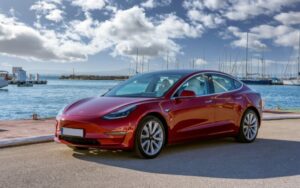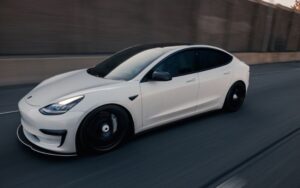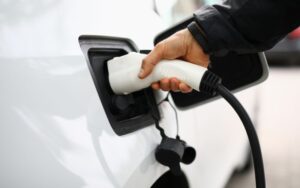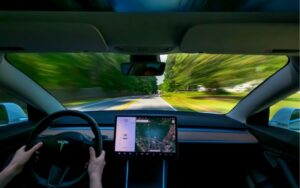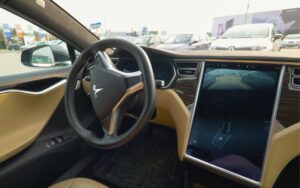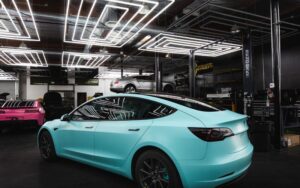Is It Better To Charge Tesla At Lower Amps? (Explained)
Last updated on April 18th, 2023 at 11:17 pm
Tesla users are often unsure whether charging their cars at lower or higher amps is better. Most are concerned about what effect either has on the battery.
Thankfully, this article will dive into the amperage requirements for a Tesla for maximum efficiency.
Though it makes little difference, charging at lower amperage is better for your lithium-ion battery’s health. Slow charging, especially in old models, helps the battery generate less heat, improve chemical balance, and retain capacity with better efficiency. However, you should note that constant and extended charging would cause wear and tear to wires and circuits in your house.
This article gives you more details on the best amperage to charge your Tesla. In the end, you’ll know everything you ought to on the topic.
What Is the Best Amperage To Charge Your Tesla?
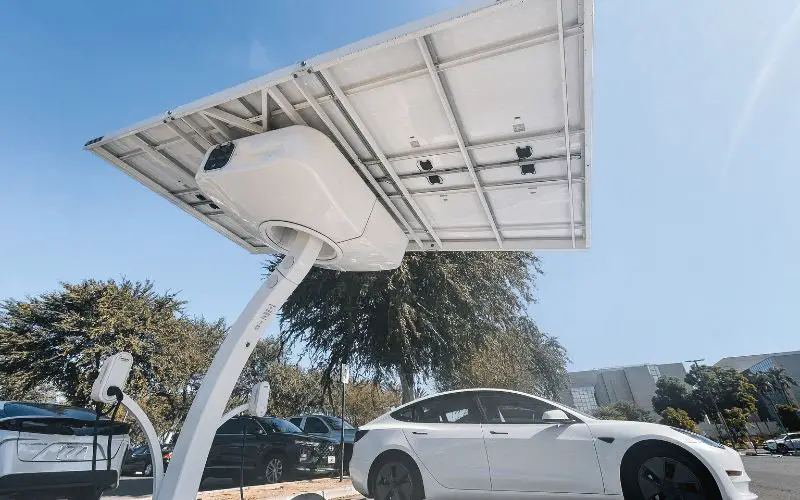
Tesla’s support site recommends you connect the wall connector to a 60 amp circuit. A 60-amp circuit charges it just right; it should have a full battery by morning.
When installing connectors at home, inform the electrician about Tesla’s recommendation. Tesla recommends a NEMA 14-50 for home charging.
Using any other adaptor might cause problems with the battery. The NEMA adaptor provides a 240V outlet on a 50 amp circuit breaker.
Tesla Model 3 would charge at a rate of approximately 30 miles per hour. Different Tesla models require different amperages for charging.
Also, the method of charging used would require a different current.
Fast Charging Vs. Slow Charging; Which Is Better For Battery Health?
Slow charging prompts optimum battery life and is safer than fast charging. In addition, it saves you money since you’re only paying for the energy.
Although it takes more time, most Tesla owners prefer slow charging. They prefer slow charging because it is the most independent way of charging the battery.
You can slowly charge your vehicle at home or your workplace. To charge at home, all you need is an installed outlet.
You can charge at work by carrying your charger and using the provided charging points.
Carrying your charger would help since there are variations in charging connectors. Slow chargers take around 4-5 hours to charge a 3W battery to the max.
Meanwhile, fast charging is done at fast-charging stations using superchargers. Fast charging helps provide a battery boost when in immediate need of it.
Charging up to 50% battery percentage in 30 mins is considered safe, fast charging.
Charging the battery faster than 50% in 30 mins would require you to make provisions to manage the heat in the battery packs.
Nevertheless, this charging method generates much more heat than slow charging. Batteries could get damaged when you do not make provisions for heat management.
Unfortunately, replacing damaged batteries would cost you a lot of money.
Below are the differences between fast charging and slow charging.
| Slow charging | Fast charging |
|---|---|
| Healthier battery. | Damages the battery slowly. |
| Generate less heat. | Generates more heat. |
| Convenient and cost-efficient. | Done at a station and costs more. |
Although slow charging is better, you can’t always slow charge your vehicle.
Some situations call for fast charging. Just be sure not to fast charge your Tesla often.
How Long Does It Take To Charge a Tesla Fully?
How long a Tesla takes to charge is based on the charging method used. Below is an approximation of how long it takes to charge a Tesla using each method.
- Method 1 (Level 1 AC): 120V outlet at home takes 20-40 hours.
- Method 2 (Level 2 AC): Charging done at third-party chargers, Tesla home chargers, or Tesla chargers take 8-22 hours.
- Method 3 DCFC(Level 3): These are Tesla superchargers; they take only 15-25 minutes.
To better understand charging durations. We need to understand these charging methods better.
Teslas have three charging methods, as listed above. Let’s take a look at them one after the other.
#1. Level 1 AC Charging Method
Level 1 AC is the most commonly used charging method since it’s easy and convenient. All you need to charge a Tesla using this method is a wall socket and your charger.
You would need at least 120V to be able to charge your vehicle. Be sure the socket provides that.
This charging method, however, is very slow. Charging a 2021 Tesla long-range using this method would take days.
#2. Level 2 AC Charging Method
You will find this type of charging method in third-party, public charging stations.
Although DC fast chargers seem to be growing in popularity, Level 2 charging methods are still very effective.
At home, 240V plugs can give around 40 amps and even go as high as 80 amps. Usually, level 2 AC charging methods are placed more specifically than 120V outlets.
Tesla recommends installing a level 2 charger in your garage or home if you can. If you can’t, it is quite easy for an electrician to install it.
The level 2 charging method gets vehicles charged faster, in hours, not days.
#3. Level DCFC
Superchargers in this method of charging provide huge power boosts. The Tesla superchargers network provides these superchargers.
This network is a collection of proprietary charging stations managed by Tesla. Level 3 charging uses Direct current to mainline power directly.
Though they draw much power from the grid, level 3 charging output is certainly ‘super.’
The current limit for superchargers is 250 kW, but Tesla has ongoing plans to increase it to 300 kW.
You can search nearby charging stations when in your vehicle or using the Tesla app. Tesla has more than 29,281 superchargers across 3,254 locations.
Additionally, the EV giant has announced tripling the size of its supercharging network.
Therefore, there is plenty to choose from. You can be sure that you’d not get stranded. A lot of factors determine how long it takes to charge a Tesla.
These factors are battery capacity, power output in question, and the battery’s capacity.
Conclusion
In conclusion, it is worth noting that slow charging is better than fast charging.
Nevertheless, you can’t always use the slow charging method since some situations call for fast charging.
In addition, various factors influence how fast a Tesla battery gets fully charged. Be sure to note these factors and make your decisions based on them.

Hey, I’m Michael Davis, a 35-year-old with a degree and a love for cars and tech. Since I was a kid, cars have been my thing—so much that I even thought they ran on magic beans! Fast forward, and I’ve built Vehicle Army, your one-stop-shop for easy-to-understand car facts.

